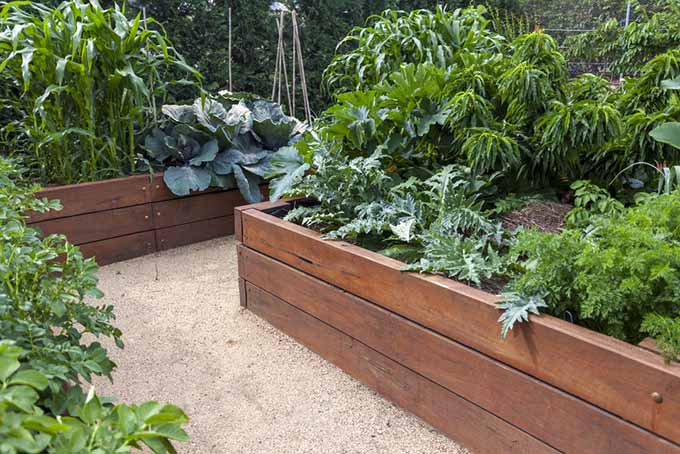Gardening and Survival

The other kind of critters who may steal some of your gardens food are deer of the two legged species. This doesn't seem to be a problem and it's most likely now. But if the SHTF and some people are desperately looking for food, a big survival garden will be an nice destination. Harvesters don't just eat a simple amount of food to survive. They can destroy a crop before it ripens, looking for edible food that doesn't exist. You could rip plants and look for root crops, Trample seedlings and destroy the harvest in its initial phases, or immature harvest merchandise. The result may be lots of damage that far exceeds the amount of food they end up taking. For more info on this subject, see my last post: Protect your garden from theft. From insects to rodents to birds, various animals could like to be pampered in their garden. some loss of crop by pests is inevitable. But to keep your total yields high in a survival garden, you have to keep an eye on pest control. The number one defense against bug pests is a healthy plant. Fertilizer, water and good soil increase your plants considerably, usually to ward off insects on their own. If this isn't enough, it's better to take pest control sooner rather than afterward. Sprays are available in every garden shop and at some hardware stores. I favor sprays that are natural and tend to avoid anything with toxic chemicals. Another approach to pest control is to use good bugs to fight the bad bugs. Natural bug Control has some good bugs for just this function. You may also support good insects in your garden by planting flowers around the edge of the garden and milling them so each bed has more than one plant species. Snails may be treated with a bait that holds iron phosphate a natural part of the soil. Interestingly, a home made slug repellent may be made from caffeinated coffee. The caffeine repels the snails in low concentrations and kills them in higher concentrations. If you have problems with bigger animals, a stable fence around the property is useful but not foolproof. But rabbits and other wildlife usually don't do as much damage as insects can. But birds are another story. The crop problem that's possibly most overlooked is what happens to the food after the harvest. as an example, if you grow grain, you'll have to procedure that grain. Wheat and rice must be peeled, then dried and stored properly. For a small garden you eat the food pretty soon after the harvest. For a big garden, but, there's a have to store the merchandise, possibly till the next harvest one year afterward. Drying, canning and freezing are good techniques of preserving food. You may have to hire family members or friends to procedure the harvest. I recommend amaranth, quinoa and buckwheat as cereal crops. You don't have to peel, which decreases the workload after harvesting. Just thresh and dry. Sunflower seeds are a great supply of protein and fat. But the seeds have hulls. I suppose you may be able to dry and store them with the hulls and remove the latter. But if the harvest is large enough, you may be able to purchase a small peeling machine. It may be adjusted to take off the hulls of some different crops. but, it's another effort and more work. Once the crop was processed after harvest, it must be stored. Basements are typically moist, so storage must be airtight and may contain salt in the food container to take in moisture. as well, the temperature control is important. The cooler, the better. A shed or a garage or attic could be too hot in summer. It could be a shame if, caused by improper storage, you could lose a big part of a crop after lots of effort and time. They can consume most of a harvest of sunflower seeds and considerably decrease yields of amaranth or quinoa. Covering the crop and picking it up once its ripe are most likely the most practical options.
Comments
Post a Comment